Screech! Chirp, chirp. Bwwwwaaaaaa. Hyphy!
The sounds of California are eclectic, and here at Bay Curious, we’re pretty big fans of noise. So we dug through the Bay Curious archives to celebrate the soundtrack of the Golden State, from the sounds that guide us home, to the people who brighten up our day.
This is your excuse to stay in bed, snuggle deeper into your couch, and join Bay Curious on a truly immersive experience for your ears. So put on your headphones, follow along on our Spotify playlist below, settle in and turn up the volume.
-
Why are BART trains so loud?
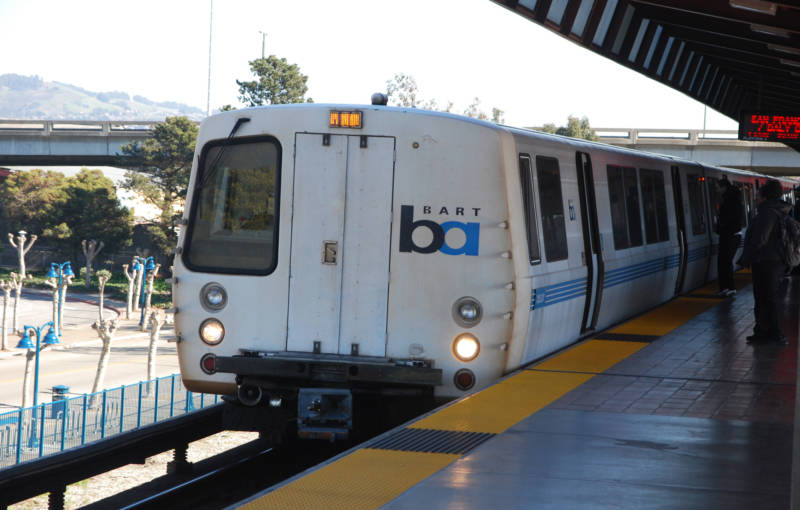
A BART train at Oakland's Coliseum station. (Paul Sullivan/Flickr) The Bay Area is full of sounds. But one sound, in particular, stood out to Bay Curious listener Eric Bauer: “Why does BART scream like a banshee?” he so vividly asked us. Eric’s no stranger to trains — he rode them all the time when he lived in Chicago. To figure out what makes the noises of our subway system so unique, we visited BART’s repair shop to ask the experts.
-
'It's pure energy': How hyphy came to define Bay Area hip-hop
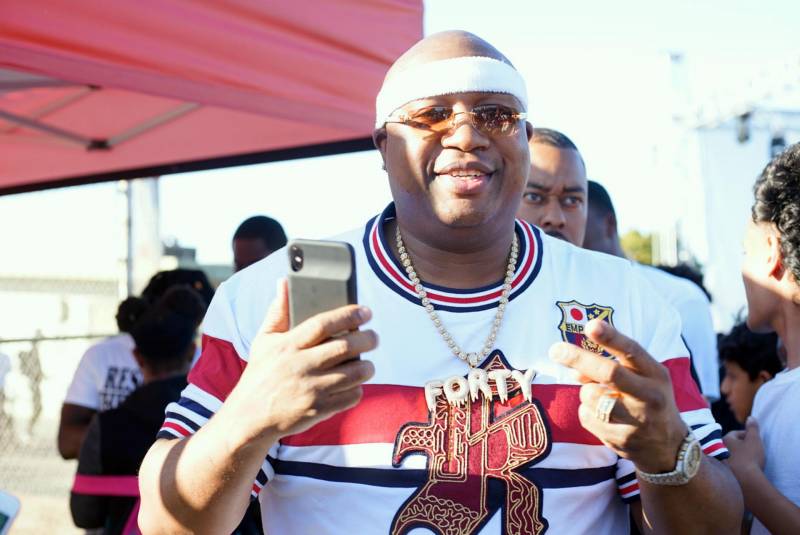
E-40 at DeFremery Park in West Oakland, Oct. 12, 2018. (Pendarvis Harshaw/KQED) Welcome to perhaps the most energizing history lesson you’ll ever have: how the hyphy movement created a distinctly Bay Area sound. We’re joined by Pendarvis Harshaw, host of KQED’s Rightnowish podcast, to answer Bay Curious listener Lauren Tankeh’s question on how hyphy music started, and what the movement represented for Bay culture. Requirements for this episode: “Gig,” not just dance, to the hyperactive up-tempo beats while you learn about the pioneers and legacy of this hip-hop subgenre.
-
Foghorns: Who presses the play button?
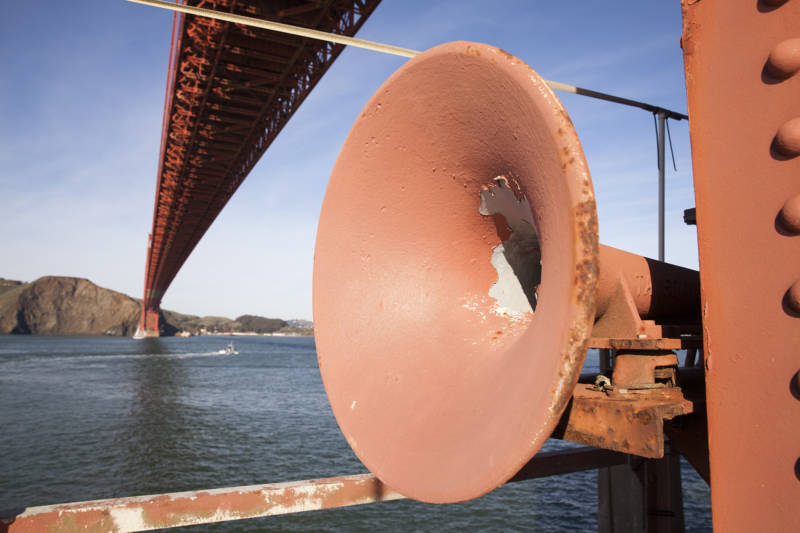
This Golden Gate Bridge foghorn points west on the concrete base of the bridge's south tower, guiding ships safely in the fog. (Brittany Hosea-Small/KQED) Depending on where you live in the Bay Area, the sight of fog can also mean hearing foghorns. After Bay Curious listeners Andy MacKinnon and Jen Liu moved from San Francisco’s SOMA district to the Sunset, they realized foghorns were becoming a constant part of their lives — for better or for worse. They had so many questions for us, such as:
1. Where are these foghorns?
2. How many of them are there?
3. Why do we still use them despite technology like radar and GPS?
4. Who, or what, turns them on?We went out into the fog to help Andy and Jen get some much-needed answers.
-
Why does the myth of the 'San Francisco accent' persist?

An accent is different from a word choice. It's about how a word is pronounced. (Kelly Heigert/KQED) “Is there such a thing as a San Francisco accent?” That’s what Bay Curious listener Jonathan Morton wanted to know. When you think of New Yorkers, Bostonians or Texans, you might have a pretty good idea of a general accent, down to the rhythms and tones. But that gets harder to do with San Franciscans. In this episode, we dive deep into accents, the myth of the “Mission brogue,” and how naming just one accent in San Francisco actually says more about who has political power than how people speak.
-
Why do some crosswalks make a machine-gun sound?
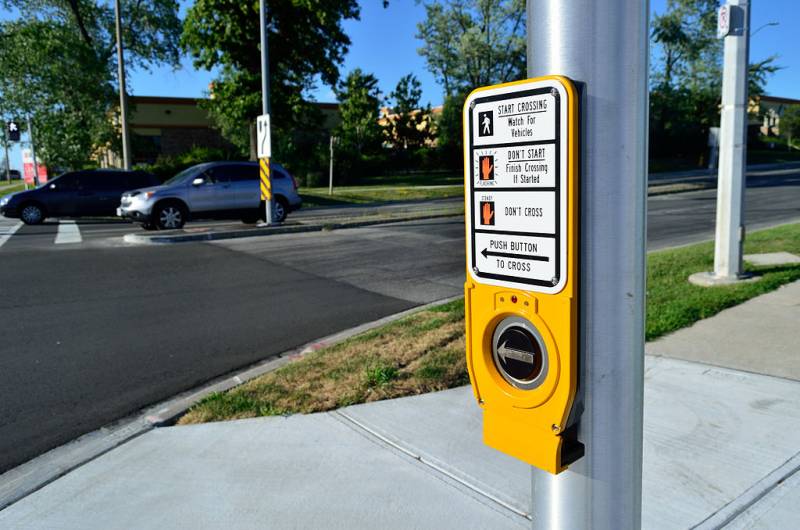
Many of the accessible pedestrian signals in San Francisco look like this. (Raysonho @ Open Grid Scheduler/Grid Engine) The official name for the sound is the rapid tick. But one Bay Curious listener asked why so many crosswalks in the Bay Area sound like a “machine gun,” as opposed to the more commonplace cuckoo-chirp signals. Find out how the rapid tick was designed and how it’s meant to ensure accessibility for all pedestrians.
-
Why is San Francisco's Fillmore District no longer the 'Harlem of the West'?
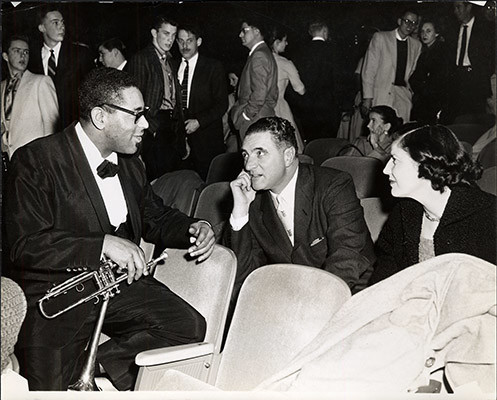
Jazz musician Dizzy Gillespie with San Francisco Mayor George Christopher in 1957. (San Francisco History Center, San Francisco Public Library) If you were walking down San Francisco's Fillmore Street in the 1950s, chances are you might have run into any number of stars, from Billie Holiday to Ella Fitzgerald and Thelonious Monk. The Fillmore was known as the “Harlem of the West” for fostering a booming jazz scene and a vibrant Black community. “It was just magic,” said jazz singer Mary Stallings. These days, however, the Fillmore isn’t booming like it once was. In this story, which won a public voting round, we explore how the Fillmore came to be a cultural center, and why that ultimately changed.
-
Where did the wild parrots of San Francisco come from?
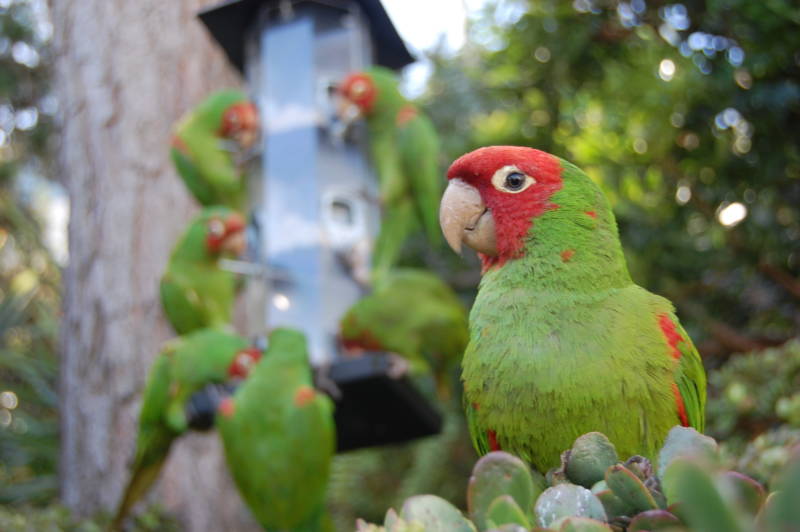
The famous parrots of San Francisco's Telegraph Hill. (Patrick Buechner/KQED) They can be found from the Ferry Building in San Francisco all the way south to Sunnyvale, but you’ll likely hear the cherry-headed conures before you see them. Wild parrots are not what you would expect to find atop Bay Area trees and traffic signals, and Bay Curious listener Colleen McClowry wanted to know how they became Bay residents. "I think they’re probably not native to the city. But I’m interested to know how they got there,” Colleen asked. There are a lot of theories, and we start in San Francisco’s Telegraph Hill to learn more about these colorful cuties.
-
What's it like to navigate the Bay Area while blind?
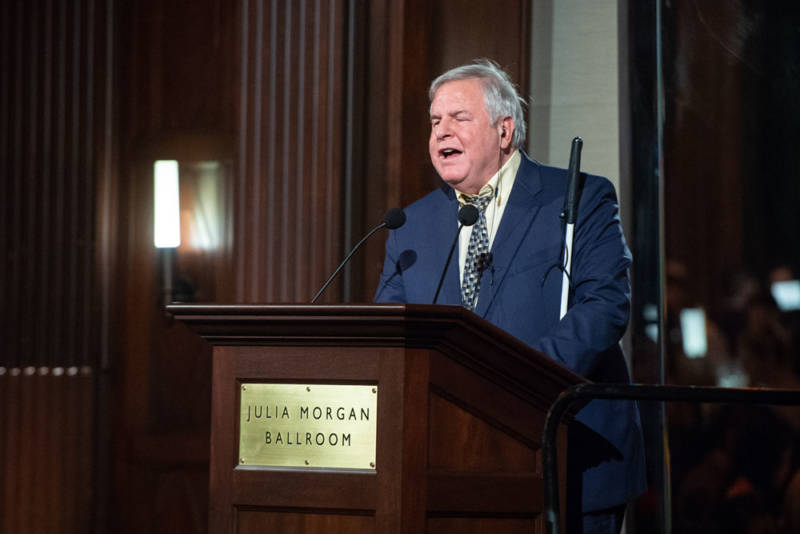
Bryan Bashin, CEO of LightHouse for the Blind and Visually Impaired, stands at a varnished wood lectern in a blue suit, speaking at a gala for the organization. (Courtesy of LightHouse for the Blind) This episode is a little different from most Bay Curious episodes. For this sonic experience, we’re joined by Sam Harnett and Chris Hoff, hosts of the podcast, "The World According to Sound," as they get a sense of what it’s like to navigate a chaotic city while blind. They’re guided by Bryan Bashin, CEO of LightHouse for the Blind and Visually Impaired, on his morning commute.
